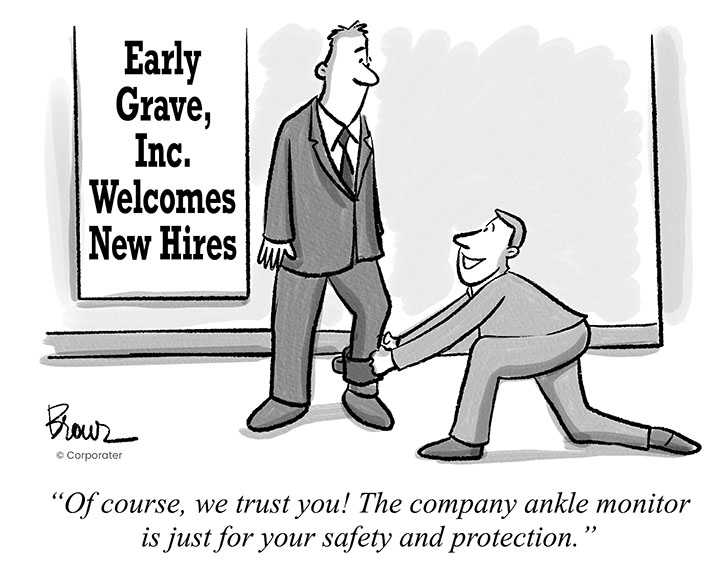
We all know how important trust is to any relationship, whether personal or professional. Without the bond afforded by trust, the floorboards are, to say the least, very loose beneath us. Regardless of industry, today’s enterprises rely heavily on employees working collaboratively across functions to drive business results, and trust is the fuel that makes these relationships work.
When trust is present, results flourish. Employees in high-trust organizations are more productive, have more energy at work, collaborate better with their colleagues, stay longer, and compared with people at low-trust organizations, report 74 percent less stress. It appears that most organizations recognize the benefits afforded by increased trust and are aware of the potential threats accompanying a lack thereof. In a global CEO survey, PricewaterhouseCoopers (PwC) reported that 55 percent of companies think a lack of trust is a threat to their organization’s growth. But most have done little to increase it.
If your organization is among the majority that has yet to invest in the power of trust, try these tips to enhance its presence.
- Set challenging goals
One way to increase trust in the workplace is to introduce challenging, but achievable goals. The moderate stress of the assignment releases neurochemicals, including oxytocin, that intensify focus and power social connections, driving cross-functional collaboration in the process. However, the effect is only possible if the goals are attainable and have a concrete endpoint. - Give employees a say in what they work on
When employees are given the opportunity to choose the projects they work on, energy, focus, and trust increase substantially. Autonomy is a powerful driver of motivation and commitment. - Share information broadly
This next statistic is one that is sadly endemic in the corporate world: Only 40 percent of employees report they are well informed about their company’s goals, strategies, and tactics. Uncertainty about the company’s overall direction leads to chronic stress, undermines teamwork, and reduces trust.
This last point deserves additional attention. Much of this book is focused on the power of measuring your strategy through tools like OKR and the Balanced Scorecard. Let’s take OKR for example. The power of the framework is derived in large part from teams across the organization creating OKRs that signal their unique contribution to the firm’s overall strategic goals. And the fact of the matter is this: no team can create a truly effective OKR without knowledge of the company’s strategy. Therefore, before launching an OKR program, be sure you’ve communicated your strategy widely — reaching the entire workforce. Most frontline employees will seek information from their direct supervisors, so be certain this critical audience is particularly familiar with the strategy and consistent in how they discuss it. And once you have strategy-based OKRs, share them! One of Google’s OKR best practices is complete transparency. Literally everyone can see anyone else’s OKRs. This boosts collaboration, productivity, and trust.

